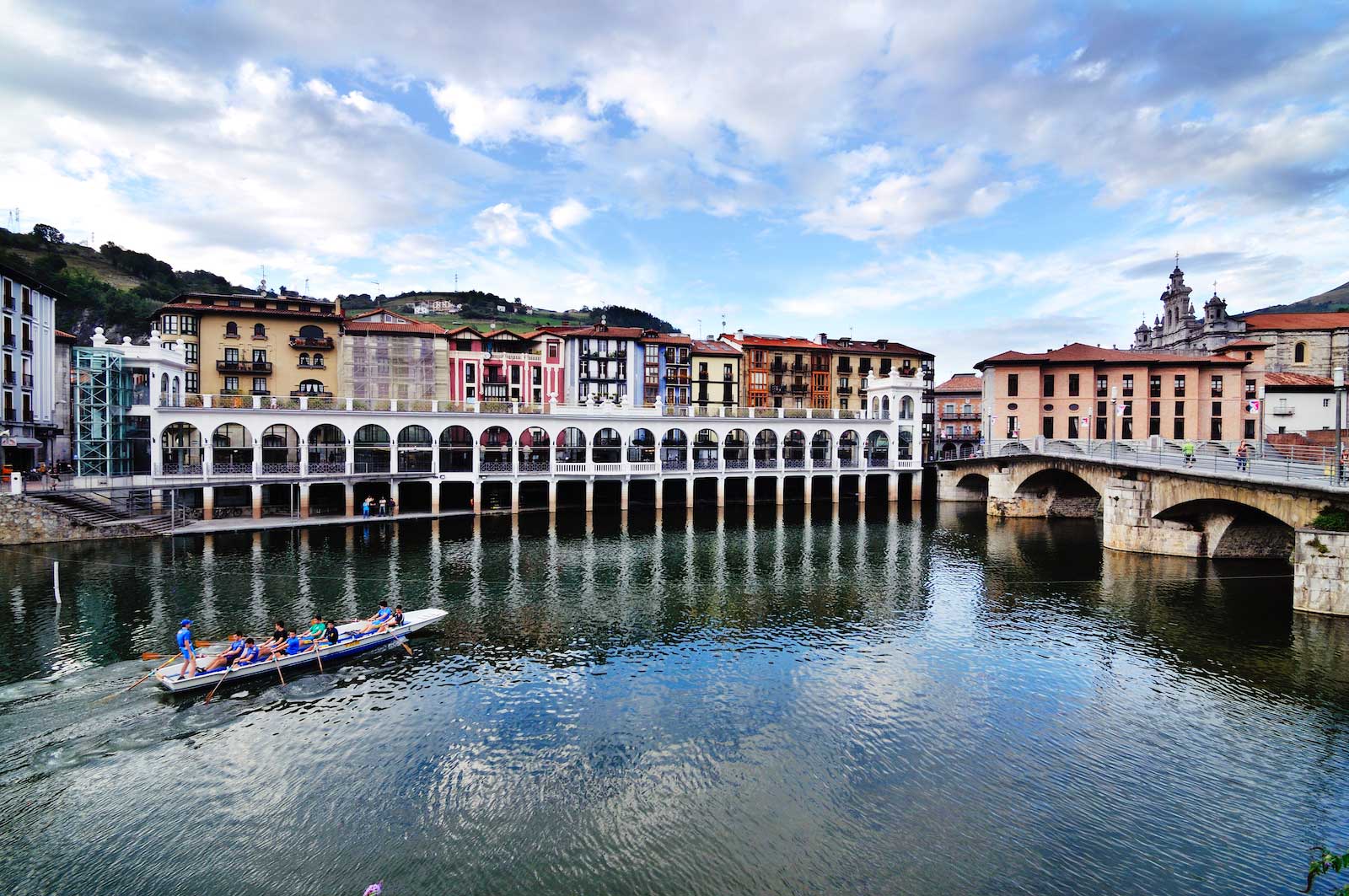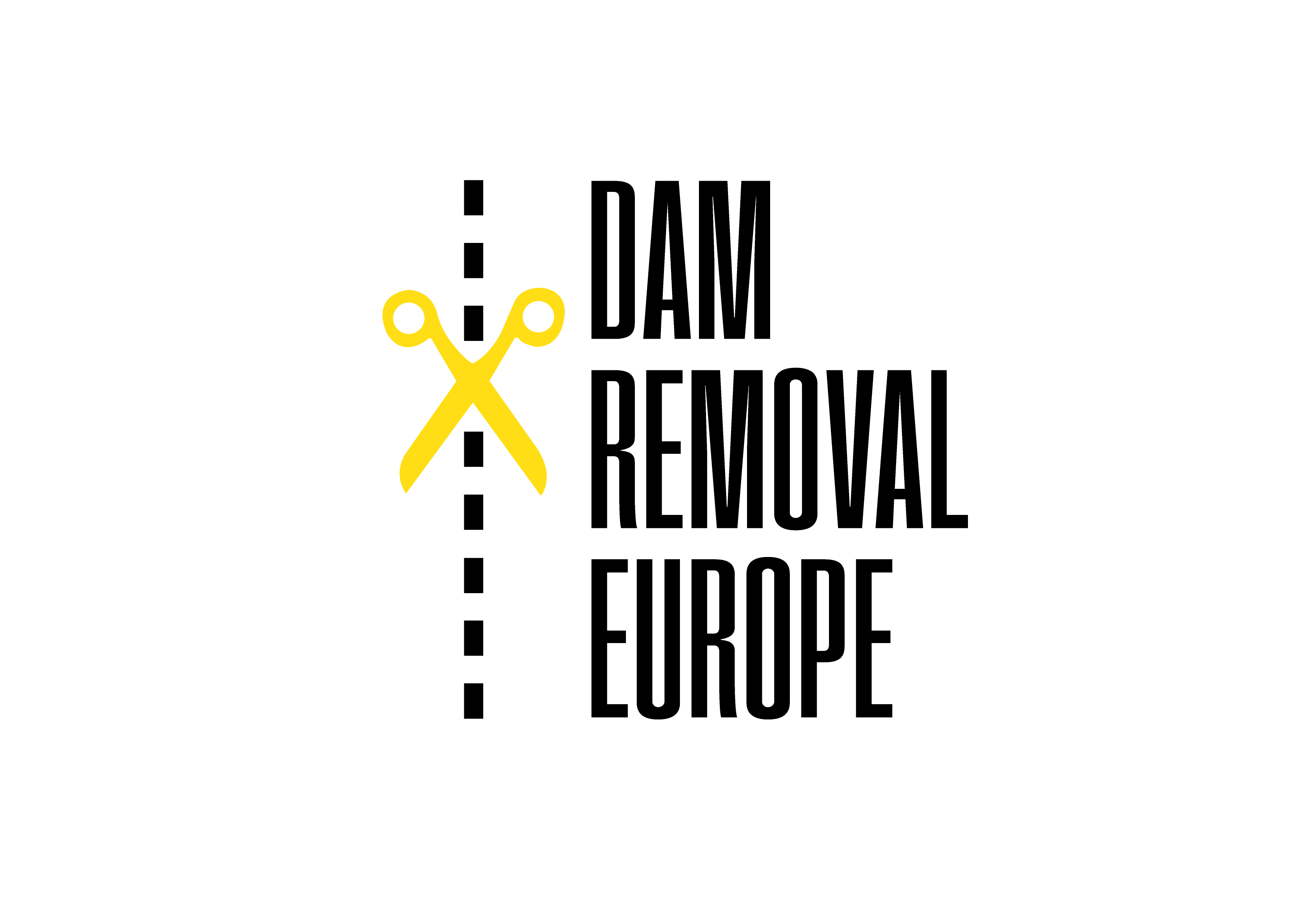Basque Province Gipuzkoa will Remove 228 Barriers and Recuperate 420km of River
Text Adapted from Noticias de Gipuzkoa

©Asier Larraza
The Gipuzkoa Department of Environment and Hydraulic Works has announced its Master Plan to improve the connectivity of rivers by 2035. The plan lays out the actions that will be implemented in the coming years to improve the longitudinal connectivity of rivers, eliminate or permeate obstacles and establish a prioritization for said actions based on their ecological benefit. It also aims to mitigate the effects of climate change regarding the migration of fish species from local rivers, as affirmed by the provincial deputy Jose Ignacio Asensio, “The presence of obstacles in our rivers and the consequent decrease in flow is an environmental problem and this plan is a very effective action to counteract the effects of climate change regarding the migration of species”.
The Master Plan will take measures to remove 228 obstacles in the basins and tributaries of the Bidasoa, Oiartzun, Urumea, Oria, Urola and Deba rivers. “Thanks to this Plan, the length of the permeable sections for fish species is tripled. With the execution of the planned works, more than 420 kilometers of our rivers will be recovered, increasing the permeability of fish species”, says Asensio. These actions will greatly improve the health of fish species, as the current 193 accessible km will grow to 616 by the year 2035.
The Master Plan has a budget of 8.35 million euros, and establishes a prioritization of the actions in 3 phases between the years 2020 and 2035, with considerations for the opportunity of execution and ecological benefit, among others. The economic cost of the actions will not be taken into account in the prioritization.
Out of the total 228 obstacles included in the plan, approximately half (116 obstacles) are considered insurmountable, 22% (51 obstacles) have a moderate passability and the remaining 61 obstacles are considered passable, but cumulatively have a negative effect on the ecosystem.
The definitive elimination of the obstacle will be prioritized whenever feasible, but in cases where it is not possible, other solutions will be studied such as ramps and side channels.
The Directorate of Hydraulic Works has studied for years which problems derive from barriers, and they have analyzed the effects of these barriers on migratory fish species. As a result, numerous river permeabilization works have been implemented, such as the demolition of dams and other barriers, and the construction of dikes, ramps and ladders for fish passage.
Since 2000, the department has carried out 112 barrier removals in the rivers of Gipuzkoa, which has made it possible to recover a large part of the navigability of the rivers and improve movement for fish fauna, primarily trout, salmon and eel, and generate an improvement of viable reproductive habitat for fish.
To learn more (in Spanish), click here.


